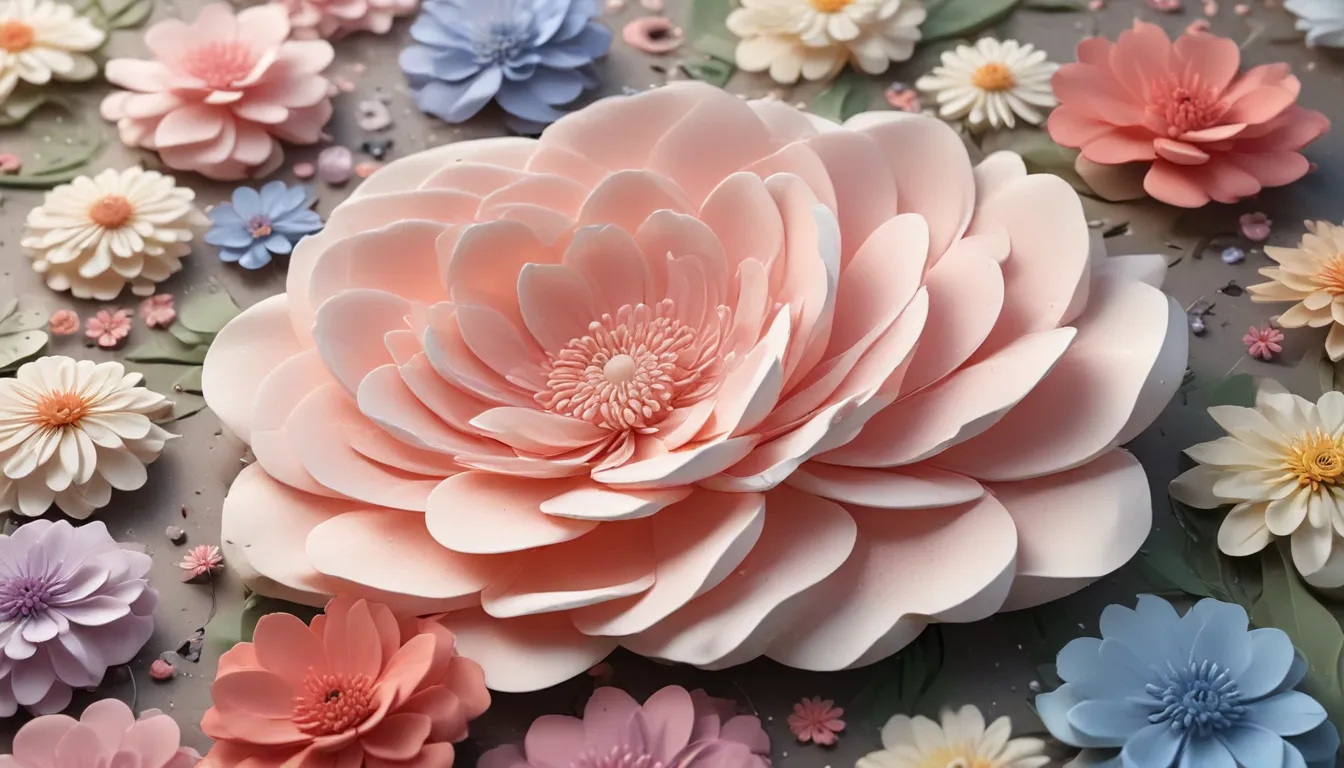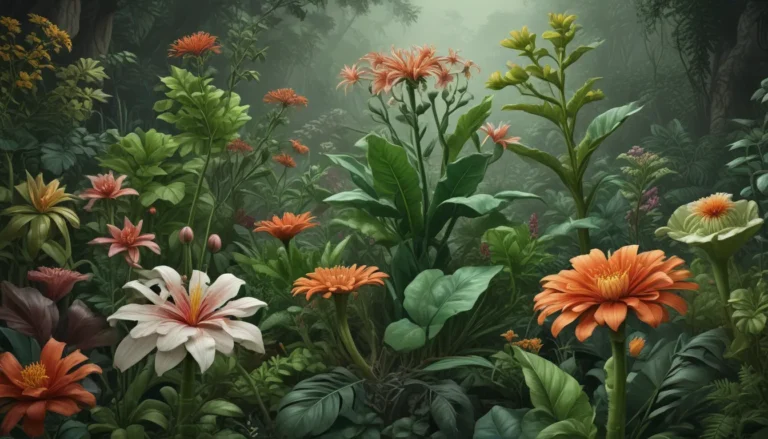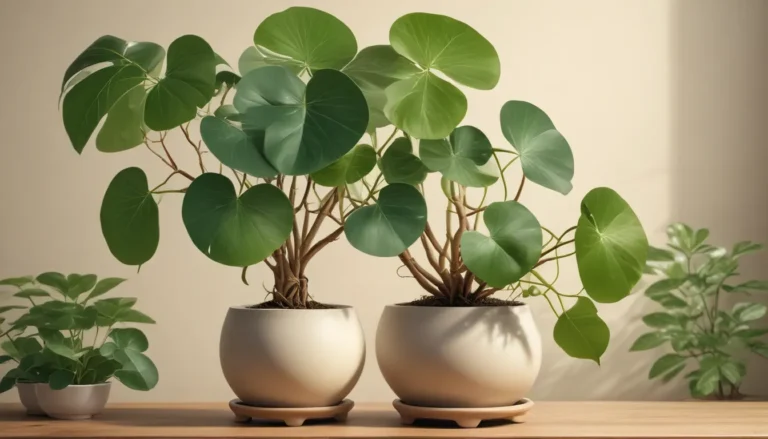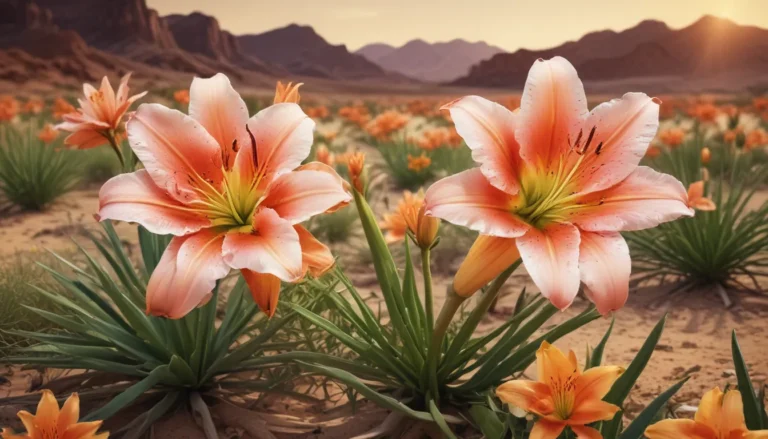The pictures we use in our articles might not show exactly what the words say. We choose these pictures to make you interested in reading more. The pictures work together with the words but don’t take their place. The words still tell you the important facts.
Are you ready to delve into the enchanting world of Foam Flower? This captivating perennial, scientifically known as Tiarella cordifolia, is a delightful plant that thrives in woodland settings. Native to North America, Foam Flower is cherished by gardening enthusiasts for its delicate flowers and beautiful foliage. Let's unravel 13 fascinating facts about Foam Flower that will ignite your curiosity and appreciation for this remarkable plant!
Key Takeaways:
- Shade-Loving Beauty: Foam Flower thrives in shade and features heart-shaped leaves and charming white or pink flowers, making it an ideal choice for shady areas in your garden.
- Versatile and Resilient: From being deer-resistant to thriving in moist soil and offering medicinal properties, Foam Flower is a versatile plant that can enhance various garden settings.
The Charm of Foam Flower
The Foam Flower, a perennial member of the Saxifragaceae family, boasts frothy white flowers that resemble foam, imparting a unique charm to its appearance.
Embracing the Shade
One of Foam Flower's distinctive traits is its preference for shade, making it a perfect fit for woodland environments where it flourishes under the canopy of trees, adding color and texture to shady corners of your garden.
A Haven for Pollinators
Beyond its visual allure, Foam Flower attracts pollinators like bees and butterflies with its nectar-rich blooms, providing a vital food source and supporting the pollination of other plants in your garden ecosystem.
Heartfelt Leaves
The Foam Flower's foliage features heart-shaped leaves that form a dense mound, creating a striking contrast to its delicate flowers and enhancing its overall appeal.
Homegrown Beauty
Hailing from North America, Foam Flower is predominantly found in eastern Canada and the eastern United States, while also making appearances in select parts of Europe as an ornamental plant.
Groundcover Grandeur
With its spreading habit and low-growing nature, Foam Flower serves as an excellent groundcover plant, forming lush mats of foliage that suppress weed growth and add visual interest to landscapes.
Spring Splendor
Prepare to be dazzled in spring as Foam Flower bursts into bloom, adorning slender stems with flowers ranging from white to pink, creating a stunning contrast against the backdrop of vibrant green leaves.
Moisture Marvel
A standout feature of Foam Flower is its ability to thrive in moist soil conditions, making it an ideal choice for areas with high humidity or near water features, where it exhibits unparalleled resilience.
Deer-Resistant Delight
For gardens frequented by deer, Foam Flower emerges as a fantastic option due to its deer-resistant nature, allowing you to enjoy its beauty without worrying about it becoming a snack for these wandering creatures.
Woodland Wonder
Given its inclination towards shade and woodland origins, Foam Flower is a beloved choice for woodland gardens, seamlessly blending with other shade-loving plants to infuse elegance and color into the landscape.
Healing Properties
In addition to its aesthetic appeal, Foam Flower boasts medicinal properties that certain Native American tribes recognized for their anti-inflammatory and pain-relieving benefits, underscoring its value in traditional medicine practices.
Propagating Perfection
Should you wish to propagate Foam Flower, division is a viable method. During early spring or fall, carefully separate the clumps and replant them in suitable locations, ensuring they receive adequate moisture to establish themselves.
Container Diversity
Thanks to its compact size and captivating foliage, Foam Flower thrives in container gardens, lending its cascading beauty to mixed containers, hanging baskets, and window boxes, enriching your space with a unique touch.
The allure of Foam Flower beckons, inviting you to explore its distinctive traits and embrace its versatility in various garden settings. Whether you seek to enhance your garden’s aesthetic appeal, support pollinators, or simply appreciate the wonders of nature, Foam Flower stands ready to captivate your senses and enrich your green spaces.
In A Nutshell
Journeying through the realm of Foam Flower unveils a plant brimming with unique qualities and contributions to nature's tapestry. Its delicate blooms and adaptive nature have captivated plant enthusiasts and gardeners alike, highlighting its role in supporting pollinators and enhancing garden beauty. As you traverse the world of plants, let Foam Flower be a beacon of inspiration, offering a glimpse into the beauty and wonder that nature bestows upon us.
FAQs: Unveiling More Secrets
Q: What are the ideal growing conditions for foam flower?
A: Foam Flower thrives in partial to full shade with moist, well-drained, and humus-rich soil. It prefers cool, woodland-like conditions and can tolerate some dryness once established.
Q: Can foam flower be grown in containers?
A: Yes, foam flower can thrive in containers as long as they have proper drainage and the soil remains consistently moist. Choose a container that accommodates the plant’s root system and meets its shade and moisture requirements.
Q: Does foam flower attract pollinators?
A: Indeed, foam flower entices a variety of pollinators, including bees and butterflies, with its delicate flowers offering a rich source of nectar and pollen, supporting vital pollinator populations.
Q: Are there known pests or diseases that affect foam flower?
A: While foam flower is generally resistant to pests and diseases, occasional challenges like slugs, snails, and fungal diseases such as powdery mildew may arise. Proper plant care practices can help prevent and manage these issues effectively.
With these insights at your disposal, embark on a botanical journey enriched with the beauty and wonder of Foam Flower as it unfurls its captivating allure in your garden sanctuary. Explore, learn, and derive inspiration from nature's abundant treasures, inviting the magic of plants to weave a tapestry of splendor in your green oasis.






